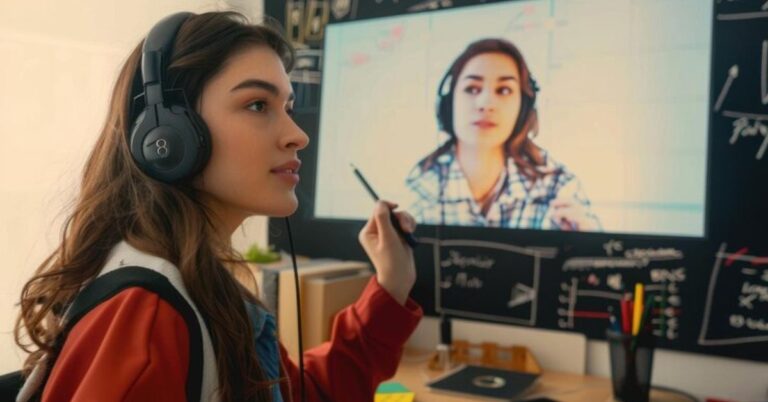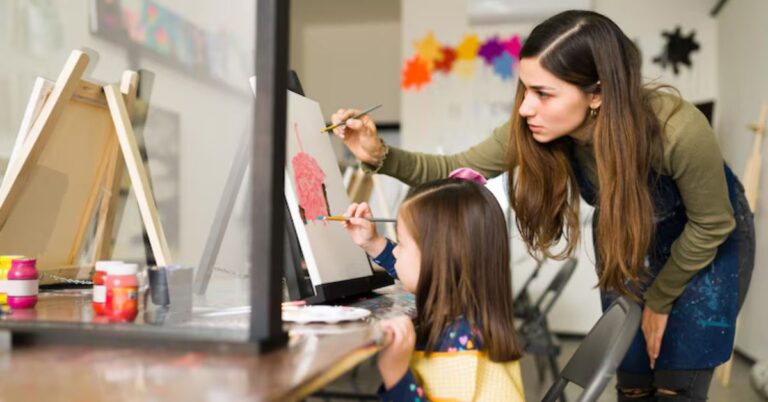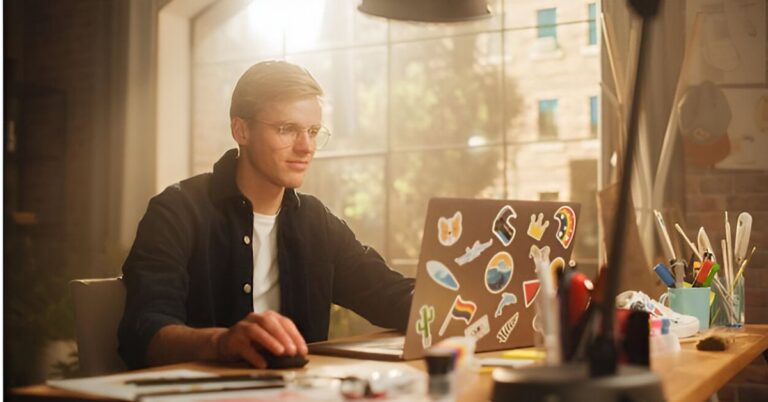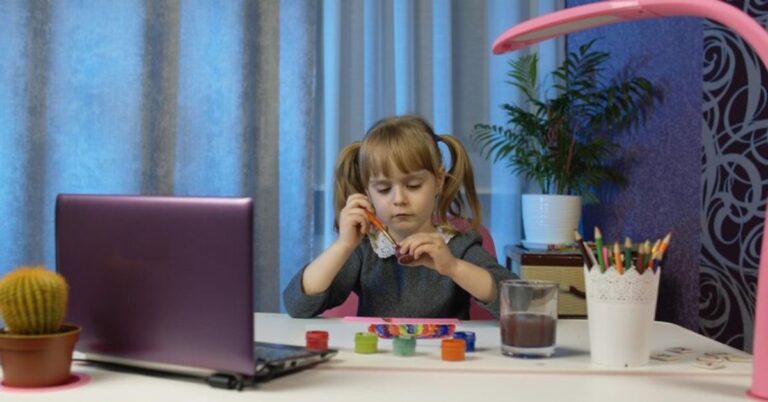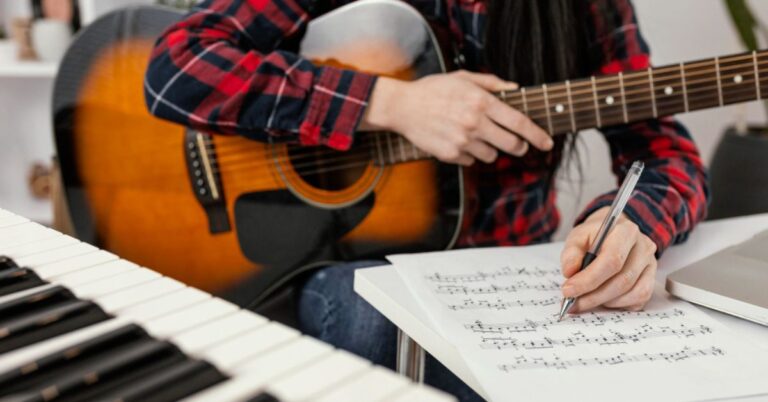How Creative Learning Approaches Are Shaping Tomorrow’s Classrooms
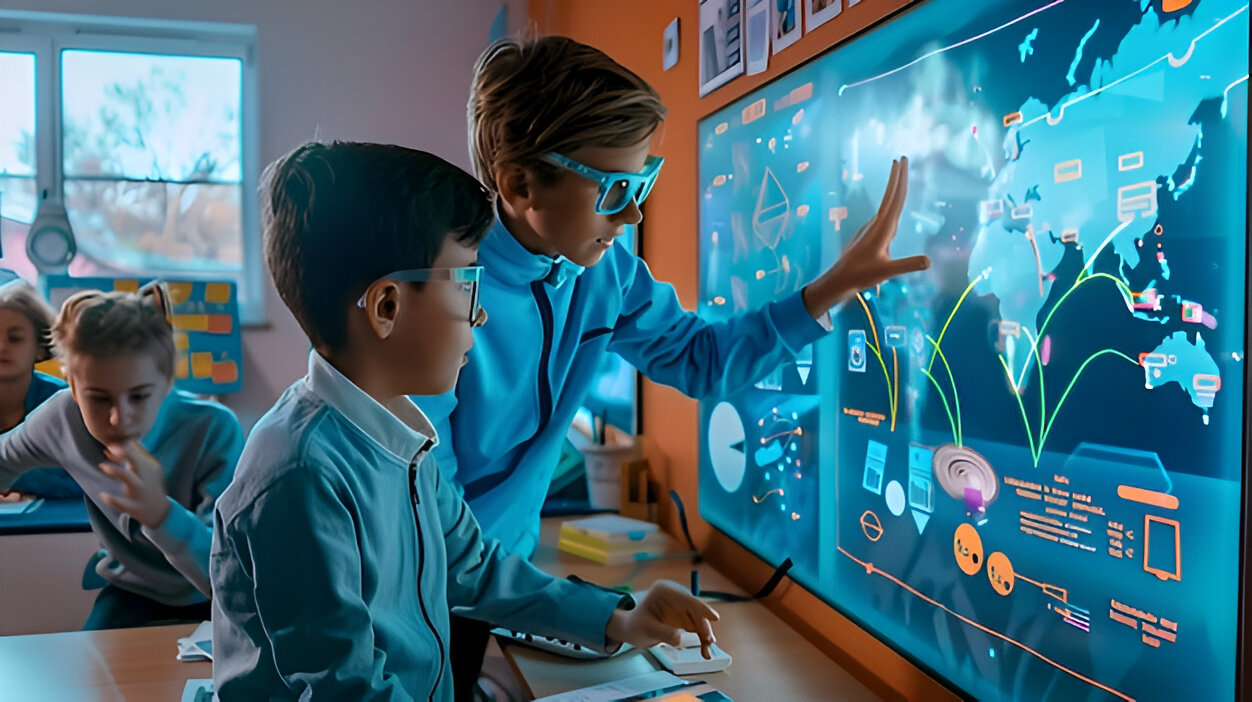
Why Creative Learning Matters
Creative learning transforms education, shifting the focus from passive absorption to active exploration and critical thinking. The ability to problem-solve, adapt, and innovate has become essential. Creative learning cultivates these key skills in a fast-changing world, enabling students to express unique ideas and approach challenges from multiple perspectives. According to recent research, schools that emphasize creativity see an increase in motivation and long-term retention of knowledge among their students. Beyond cognitive, empowering learners in creative environments nurtures essential social-emotional skills—like empathy, resilience, and collaboration—crucial for future leaders and team players in any field.
As the movement for educational reform gains traction, families everywhere search for programs that prioritize creativity from a young age. For example, parents seeking a preschool program Northridge, CA, are often drawn to approaches encouraging hands-on engagement, experimentation, and early problem-solving. When children are guided to make discoveries independently, they grow confident in their abilities and curious about the world. These foundational skills set the groundwork for lifelong learning and adaptability, illustrating why creative education has become more relevant than ever.
Key Elements of Creative Curricula
Creative curricula are designed to ignite students’ intrinsic motivation. Instead of relying solely on worksheets and rigid schedules, these programs invite students to engage in open-ended tasks and cross-disciplinary projects. For example, a lesson in mathematics might be paired with music composition, or a history unit might incorporate dramatic reenactments. By integrating the arts, sciences, and communication, creative curricula accommodate various learning styles and let every child shine.
- Project-based learning: Students investigate authentic problems, guiding their research and collaborating to find innovative solutions.
- Arts integration: Academics are woven seamlessly into activities involving visual arts, music, dance, and storytelling, showing students the interconnectedness of different disciplines.
- Flexible classroom environments: Traditional seating is replaced by collaboration-friendly spaces, reading corners, and areas for movement and hands-on play.
- Encouragement of risk-taking: Open support for trial and error cultivates a growth mindset and helps students embrace challenges without fear of failure.
Internationally, organizations like UNESCO Education Sector highlight that schools embracing such integrated models report greater student engagement and improved problem-solving abilities. These diverse learning opportunities empower children to apply knowledge in authentic contexts, preparing them for complex, interconnected future challenges.
Role of Technology in Modern Classrooms
Modern classrooms are leveraging technology in exciting ways to enhance creative learning. From smartboards and tablets to immersive virtual reality experiences, students today can explore new concepts interactively and at their own pace. Digital tools allow lessons to become more engaging and personalized. Rather than a one-size-fits-all model, technology enables teachers to adapt instruction to meet their students’ varied needs and interests.
Classroom stories reveal that using digital tools thoughtfully can increase student voice, collaboration, and curiosity. Whether coding, digital storytelling, or participating in global classroom exchanges via video calls, students gain valuable skills for the 21st-century workforce. Furthermore, adaptive learning programs can highlight individual strengths and pinpoint areas for growth, offering instant feedback that helps learners stay motivated and on track.
- Self-paced educational apps cater to individual learning journeys
- Virtual field trips connect learners to cultures and environments worldwide
- Robotics kits and maker spaces inspire hands-on, project-based STEM exploration
These dynamic, technology-rich environments provide powerful platforms for students to experiment, communicate, and express their ideas in new and meaningful ways.
Encouraging Collaboration and Critical Thinking
Collaboration and critical thinking are cornerstones of effective creative learning. In group settings, students develop communication skills, evaluate ideas, and sharpen their analytical thinking. When a classroom culture values respectful debate and shared responsibility, students feel safe sharing their perspectives and learning from their peers. Teachers facilitate these experiences by acting as guides, posing questions, supporting inquiry, and modeling constructive feedback.
Strategies for Building Collaboration and Critical Thinking:
- Facilitate open-ended discussions that prompt students to examine complex scenarios from diverse viewpoints.
- Encourage peer review sessions where learners provide feedback and learn to value revision and reflection.
- Develop multi-disciplinary projects requiring teamwork and labor division, such as science fairs or group performances.
When students actively participate in their learning and learn to question, evaluate, and problem-solve, they become more self-reliant and adaptable—traits that are invaluable both in and outside of school. These approaches lay the groundwork for building leadership, resilience, and a lifelong love of learning.
Challenges and Future Directions
Despite its apparent benefits, embedding creativity into every classroom can be difficult. Many educators face barriers such as limited budgets, high student-to-teacher ratios, or pressure to “teach to the test” for standardized assessments. Traditionally, some teachers may lack he training or confidence to deliver open-ended, student-centered lessons. However, the tide is shifting as more research and case studies demonstrate the transformative potential of creative education.
Ensuring the future of education includes creativity and innovation will require commitment from policymakers, educators, and families alike. Investing in ongoing teacher training, flexible curricular resources, and supportive policy frameworks is essential. Ultimately, supporting creativity is investing in resilient, adaptable citizens ready to thrive in a complex world.
As classrooms continue to evolve, the journey toward more creative, student-centered learning is full of promise. Educators can inspire every child to realize their full potential with collaboration, vision, and persistence.

